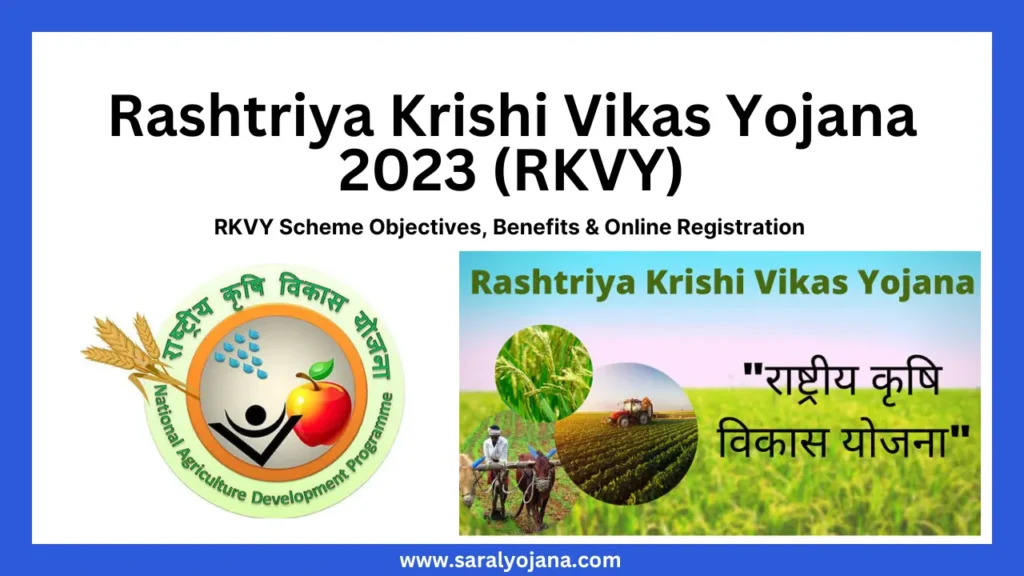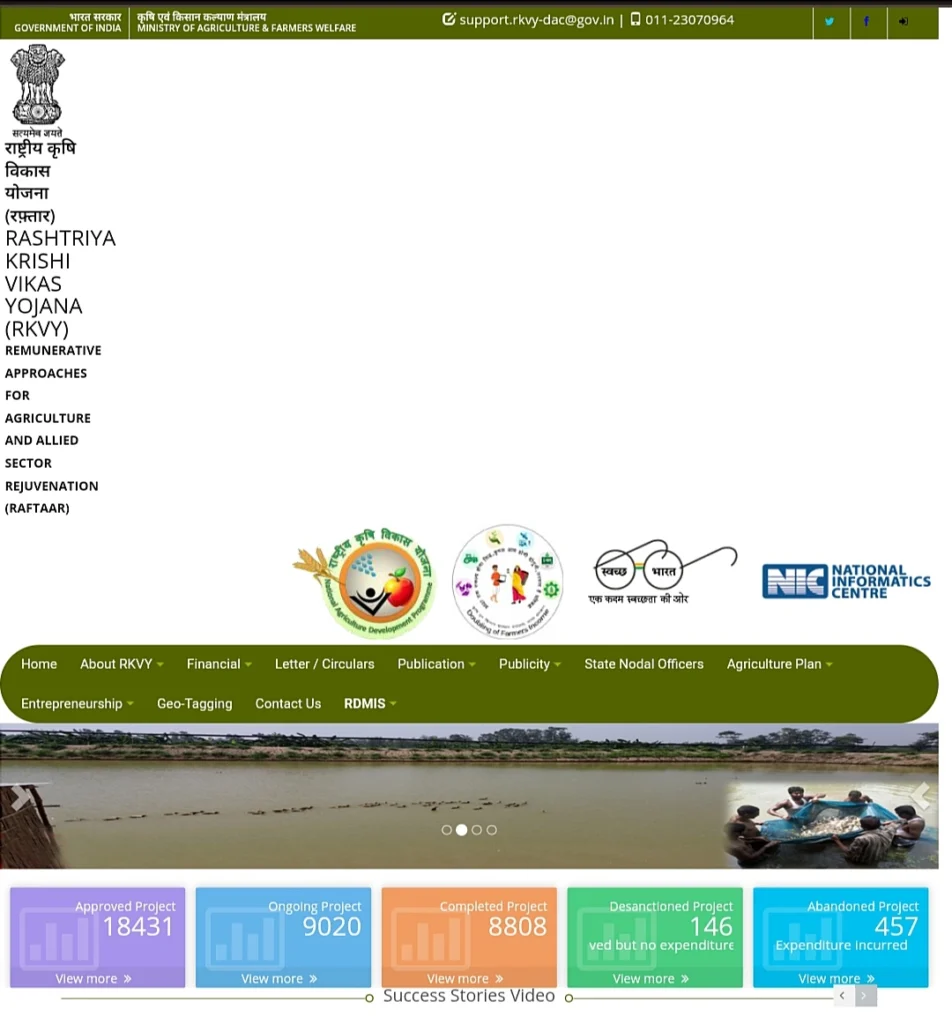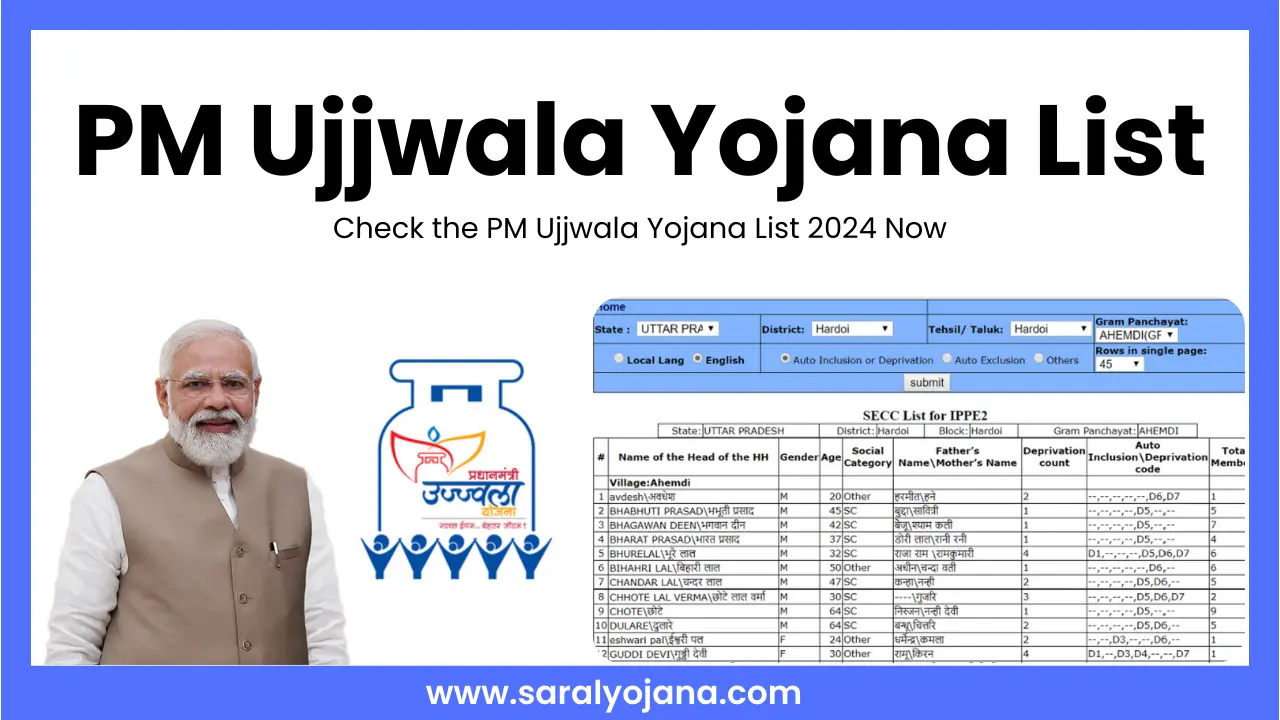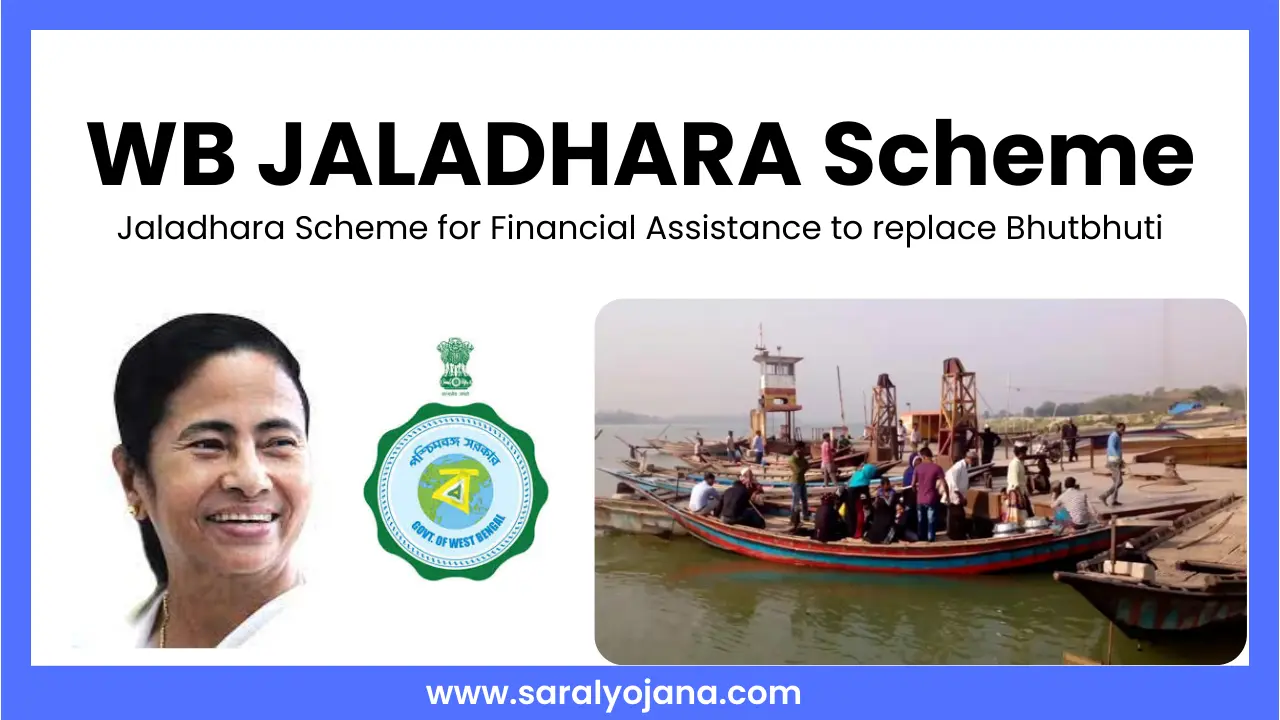Rashtriya Krishi Vikas Yojana | National Agriculture Development Scheme | RKVY Scheme 2023 Online Registration & Benefits
The government makes a variety of initiatives to improve the agriculture industry. The farmers receive financial support as a result of these efforts to improve the produce. The Central Government introduced the Rashtriya Krishi Vikas Yojana in 2007. This scheme will guarantee the entire development of the agricultural industry and adjacent industries.
Join our telegram group for getting the latest update regarding All Government Schemes and Yojana
When it comes to agricultural and allied sector growth, states will be free to make their own decisions. In this article, we will tell you all the details regarding National Agriculture Development Scheme including its objectives, features, eligibility criteria, required documents, application process and so on.
Rashtriya Krishi Vikas Yojana 2023 (RKVY)
The Central Government introduced the National Agriculture Development Scheme in 2007 which will ensure general development in the agricultural industry and related industries. It will allow the States and Union Territories to select their agricultural and related sector development efforts.
The 11th five year plan and 12th five-year plan both included this plan’s implementation. The states received Rs 22408.76 crore during the 11th plan, and 5768 projects were carried out. The 12th Five Year Plan allocated Rs 3148.44 crore for this program, and 7600 programs in the fields of crop improvement, horticulture, agricultural mechanization, etc. were put into action.
Up to 2014-15, the program received 100% of its funding from the government. Beginning with the 2015-16 fiscal year, the Center and the States split the cost of the program 60:40. The scheme for Union Territories is funded exclusively through grants at a rate of 100%.

Overview of National Agriculture Development Scheme
| Name of the Scheme | Rashtriya Krishi Vikas Yojana |
| Initiated By | Government of India |
| Objectives | Develop Agricultural Sector |
| Beneficiaries | Farmers of the Country |
| Official Website | https://rkvy.nic.in/ |
Purpose of Rashtriya Krishi Vikas Yojana
Rashtriya Krishi Vikas Yojana’s goal is to develop the agricultural industry and related industries. which will encourage agro enterprise. Through this scheme, agricultural infrastructure will be developed. It can guarantee access to high-quality inputs, storage, markets, infrastructure, etc. The plan will be developed using this method in accordance with the requirements of the farmers.
In addition, farmers will be encouraged to boost their income through this program. This plan will succeed in advancing the agricultural industry. Aside from that, RKVY Scheme will also help the farmers’ financial situation.
Benefits & Features of RKVY Scheme
- The Central Government introduced the Rashtriya Krishi Vikas Yojana in 2007.
- This plan will guarantee general development in the agricultural sector and related industries.
- It will allow the States and Union Territories to select their agricultural and related sector development efforts.
- The eleventh and twelfth five-year plans both included this plan’s implementation.
- The states received Rs 22408.76 crore during the 11th Plan, and 5768 projects has completed.
- The 12th Five Year Plan allocated Rs 3148.44 crore for this program, and 7600 programs in the fields of crop improvement, horticulture, agricultural mechanization, etc. has implemented.
- Up until 2014–2015, the program was implemented with complete central support.
- The Center and the States split the funds of the program 60:40 starting in the fiscal year 2015–16. The Union Territories Program is funded exclusively through grants at a rate of 100%.
Screening and Sanctioning Committee for the Scheme
- Each state will establish a committee for the State Level Project Screening. It will evaluate the project proposal. The Agriculture Production Commissioner or another officer designated by the committee will serve as chair. The State Chief Secretary will appoint the committee’s other members. The Screening Committee is going to assess each project proposal.
- All the states will get together to form a State Level Sanctioning Committee. the Chief Secretary who will serve as its chairman. Following evaluation of the project by the State Level Project Screening Committee, the State Level Sanctioning Committee need to approve the project. By this committee’s vote, the project will get approval.
How to Apply for Rashtriya Krishi Vikas Yojana?
- Visit the official website of Rashtriya Krishi Vikas Yojana.

- On the home page, select the ‘Apply Now’ option.
- The application form will appear on your screen.
- Fill out the application form with all the necessary details.
- Then, upload all the necessary documents asked for.
- After that, select the ‘Submit’ option to apply for the National Agriculture Development Scheme.
Required Documents for Applying the Scheme
- Aadhar Card
- Address Proof
- I Certificate
- Proof of Age
- Passport-size Photograph
- Mobile Number
- Email ID
Rashtriya Krishi Vikas Yojana Project Report
For the operation of the plan, each state need to create a project report. The Central Government will offer a format for the preparation of this report. A third party will complete DPR for all projects with budgets greater than Rs 25 crore. Projects currently under management by any state or the federal government shouldn’t be comparable to those starting under this approach.
DPR will submit annual physical and final targets for each project. The State Level Project Screening Committee will receive these project reports from the Agriculture Department. The State Level Screening Committee will assess the project before recommending permission to the State Level Sanctioning Committee.
Implementation of National Agriculture Development Scheme
- The Agriculture Department will serve as the lead organization in putting this plan into action.
- According to this plan, the state government will establish a state level implementation agency for state level implementation.
- The running costs of the implementing agency will be covered by 2% of the money given to the state.
- The implementing agency will create the State Agriculture Plan and the State Agriculture Infrastructure Development Plan.
- The State Level Implementing Agency will also offer the District Agriculture Plan.
- The implementing agency will carry out the plan successfully.
- The implementing agency will also be in charge of the scheme’s implementation and evaluation.
- The implementing agency will also be in charge of managing the state budget.
- The implementing agency will also receive the utilization certifications.
Funding & Administrative Expenses of RKVY Scheme
- The SLSC will give the states the first installment of 50% of the yearly allocation in order to create a list of approved projects, approve the execution of new projects, and continue ongoing projects during the current fiscal year.
- If the entire cost of the authorized project is less than the annual expenditure, funds up to 50% of that cost will be granted.
- The following requirements may satisfy before the second and final 50% installment has released.
- 100% usage certificate for the initial payment
- On spending a minimum of 60% of the first installment’s sum.
- Submission of a performance report
- The second installment’s amount will go to another state if the state fails to timely submit the required paperwork.
- The nodal department will guarantee that all of the accounts are kept up to date.
- Administrative costs will cover by 2% of the state-provided budget.
- It also covers hiring staff, paying the consultant, and other ongoing costs.
- However, neither a vehicle nor a permanent work can be offered on this basis.
- In addition, 5% of the money may be utilized to create the DPR.
Inter State Fund Allocation
- This scheme’s advantages are available to all states in the country.
- The Central Government will spend 60% of the funds allocated under this scheme, while the State Government will spend 40%.
- In the case of North Eastern and Hilly States, the Central Government will spend 90% of the funds, while the State Government would spend 10%.
- The Central Government would spend the entire money allocated to Union Territories under this scheme.
Monitoring and Evaluation under the Rashtriya Krishi Vikas Yojana
- A web-based Management Information System has been built to monitor and evaluate this approach.
- The project data will be submitted on time to the university via this mechanism.
- A separate cell will be established for the implementation of this scheme.
- All projects and properties will be geo-tagged.
- The state will evaluate and oversee 25% of the projects approved by the state under the scheme’s sub-projects.
- The SLSC will decide on the action plan for monitoring and evaluation at its first meeting each year based on project cost, importance of the project, and so on.
- Each state will conduct monitoring and evaluation.
- Monitoring and assessment will account for 2% of the state budget.
- The Department of Agriculture Cooperation and Farmers Welfare will monitor and evaluate the national sector.
Departments under RKVY Scheme
- Crop Husbandry
- Horticulture
- Animal Husbandry And Fisheries
- Dairy Development
- Agricultural Research and Education
- Forestry and Wildlife
- Plantation and Agricultural Marketing
- Food Storage & Warehousing
- Soil and Water Conservation
- Agricultural Financial Institution
- Other Agricultural Program and Cooperation
Statistics of the RKVY Scheme
| Approved Projects | 17474 |
| Ongoing Projects | 8372 |
| Completed Projects | 8535 |
| Descension Projects | 110 |
| Abandoned Projects | 457 |
Components of Rashtriya Krishi Vikas Yojana (RKVY)
- Regular RKVY-RAFTAAR (Infrastructure/Assets) – Under this component of the Rashtriya Krishi Vikas Yojana, the state may spend up to 70% of the funding on setting up pre-harvest infrastructure and 30% on setting up post-harvest infrastructure. All states are allowed to select projects depending on their needs on the ground.
- Routine RKVY-RAFTAAR value-added production initiatives that give farmers a guaranteed or supplemental income – In accordance with this part of the strategy, 30% of the fund’s 70% share will go toward state value-added agribusiness projects. how farmers can boost their revenue by engaging in any agricultural activity or related field and selling their produce.
- Regular RKVY-RAFTAAR Flexi Funds – For this component, the state will use 20% funds of 70% share of the funds for innovative efforts in agriculture and related industries.
- RKVY – RAFTAAR Special Sub Scheme – This scheme will operate a number of sub-schemes based on national priorities. Micro-irrigation and post-harvest management will be fostered appropriately in the allocation of funding to various components, and priority will be given to drought-prone districts. If the government of India does not declare a specific sub-scheme within a year or if the amount of the sub-scheme is less than 20% of the budgetary allocation, the leftover amount will be assigned to the normal RKBY fund.
- Agricultural Entrepreneurship Development – This initiative will also help to develop agricultural entrepreneurs. A separate fund will be set out for this purpose. Agricultural entrepreneurship development will include skill development for agricultural entrepreneurs. Aside from that, they will receive financial help. So that he can start his own business.
- Promotion of Farmer Producer Organization – The National Agriculture Development Scheme would support Farmer Producer Organizations. Various sorts of schemes run to form SPOs under this plan. SPOs will also receive subsidies. This initiative will assist all SPOs with 500 or more farmers.
Important Links
| Join Telegram Group | CLICK HERE |
| Visit the Official Website | CLICK HERE |
Related Articles:
- PM Krishi Udan Yojana 2023 [Apply Now]
- Kisan Credit Card Scheme 2023: Check the Benefits & Process to Apply
- Irrigation Pipeline Scheme 2023 [Apply Now Online]
- PM Kisan Vikas Patra Yojana: KVP Scheme Details, And KVP Interest Rate
- Pradhan Mantri Fasal Bima Yojana (PMFBY) – Scheme Details, Eligibility criteria, Application Process
Join our telegram group for getting the latest update regarding All Government Schemes and Yojana
![PM Sahaj Bijli Har Ghar Yojana: Saubhagya 2024 [Apply Now]](https://saralyojana.com/wp-content/uploads/2024/04/PM-Sahaj-Bijli-Har-Ghar-Yojana.webp)



![Nijashree Housing Scheme 2024 For LIG/MIG [Apply Now]](https://saralyojana.com/wp-content/uploads/2024/02/Nijashree-Housing-Scheme.webp)

![Hawker Support Scheme 2024: Eligibility and Benefits [Apply Now]](https://saralyojana.com/wp-content/uploads/2024/02/Hawker-Support-Scheme.webp)
![Nijo Griha Nijo Bhumi Scheme 2024 For Homeless People [Apply Now]](https://saralyojana.com/wp-content/uploads/2024/02/Nijo-Griha-Nijo-Bhumi.webp)
![West Bengal Gatidhara Scheme 2024 [Apply Now]](https://saralyojana.com/wp-content/uploads/2024/02/Gatidhara-Scheme-West-Bengal.webp)
![West Bengal Matsyajeebi Bandhu Scheme 2024 [Apply Now]](https://saralyojana.com/wp-content/uploads/2024/02/Matsyajeebi-Bandhu-Scheme-in-West-Bengal.webp)
![Matsyajeebi Credit Card Scheme In West Bengal [Apply Now]](https://saralyojana.com/wp-content/uploads/2024/02/Matsyajeebi-Credit-Card-Scheme-in-West-Bengal.webp)



![West Bengal Sabla Scheme To Empower Adolescent Girls [Apply Now]](https://saralyojana.com/wp-content/uploads/2024/01/West-Bengal-Sabla-Scheme.webp)